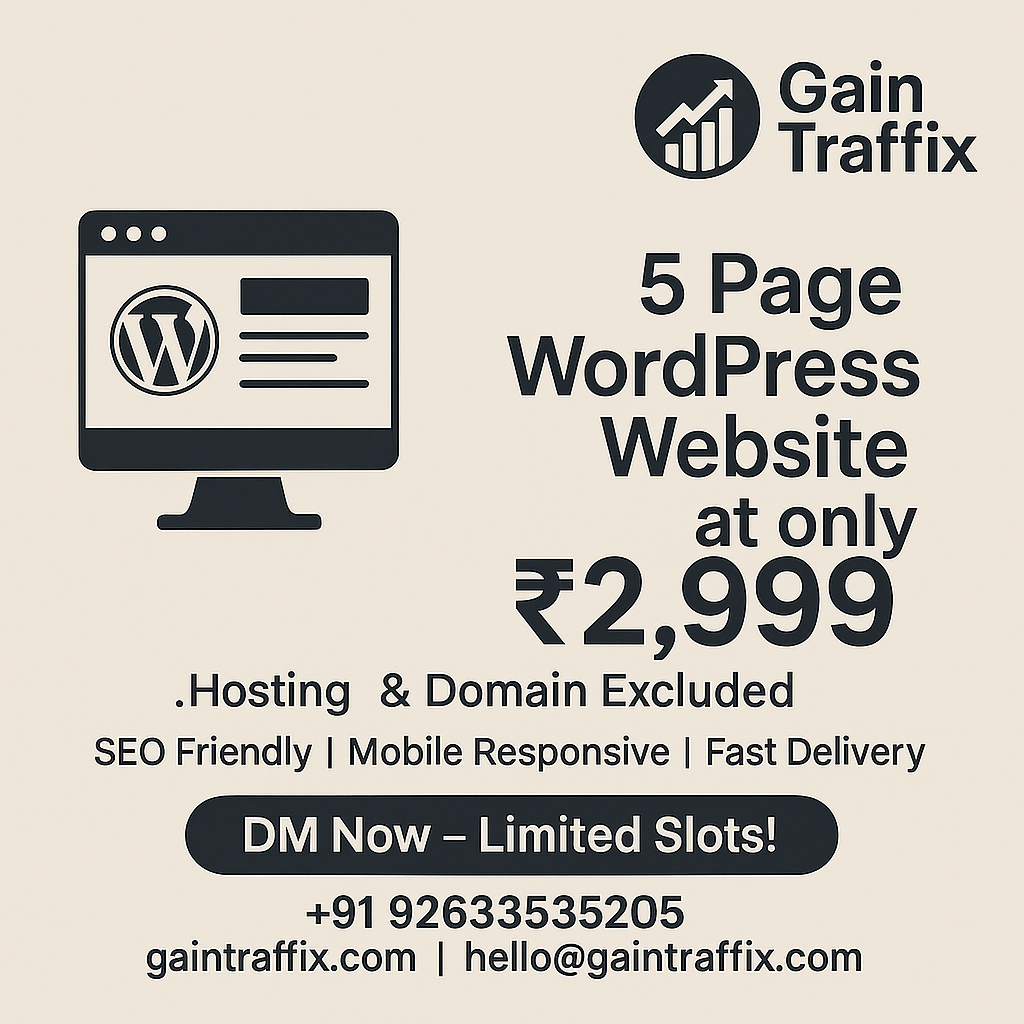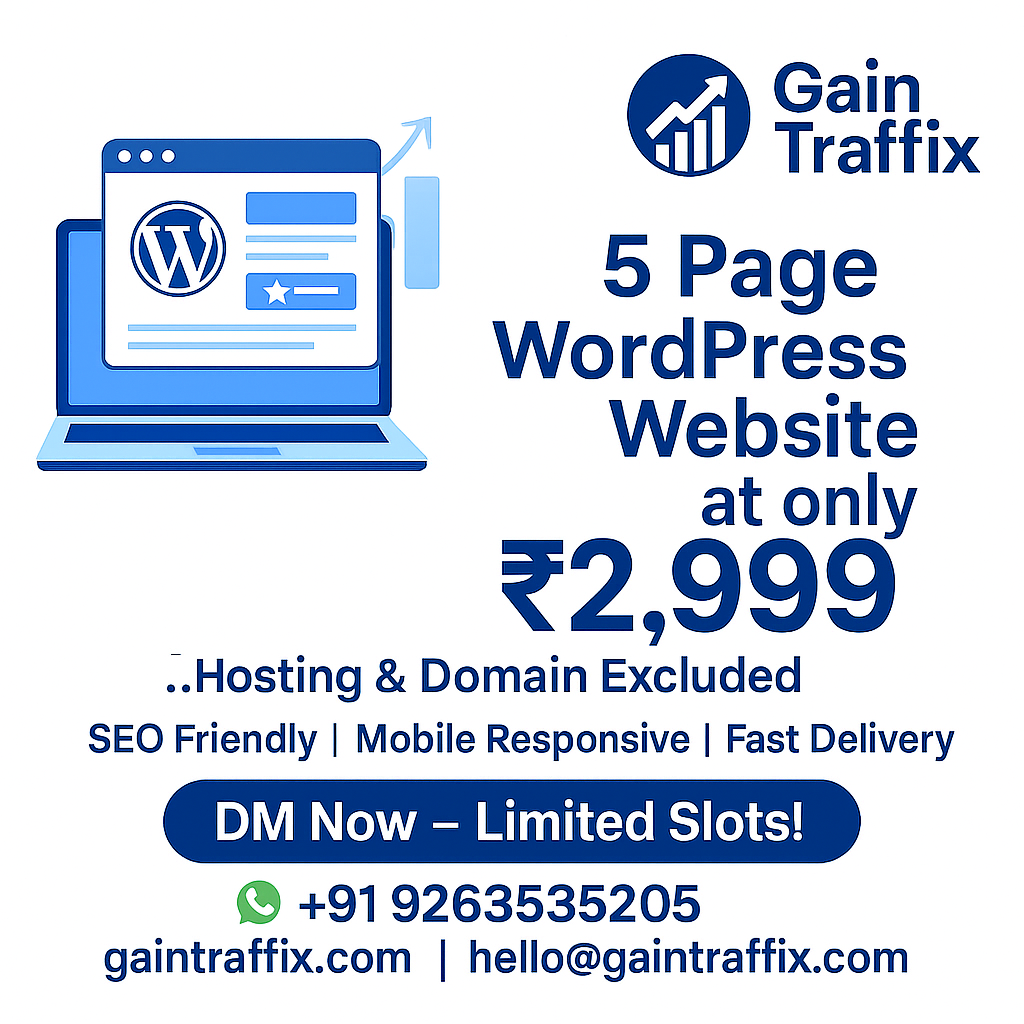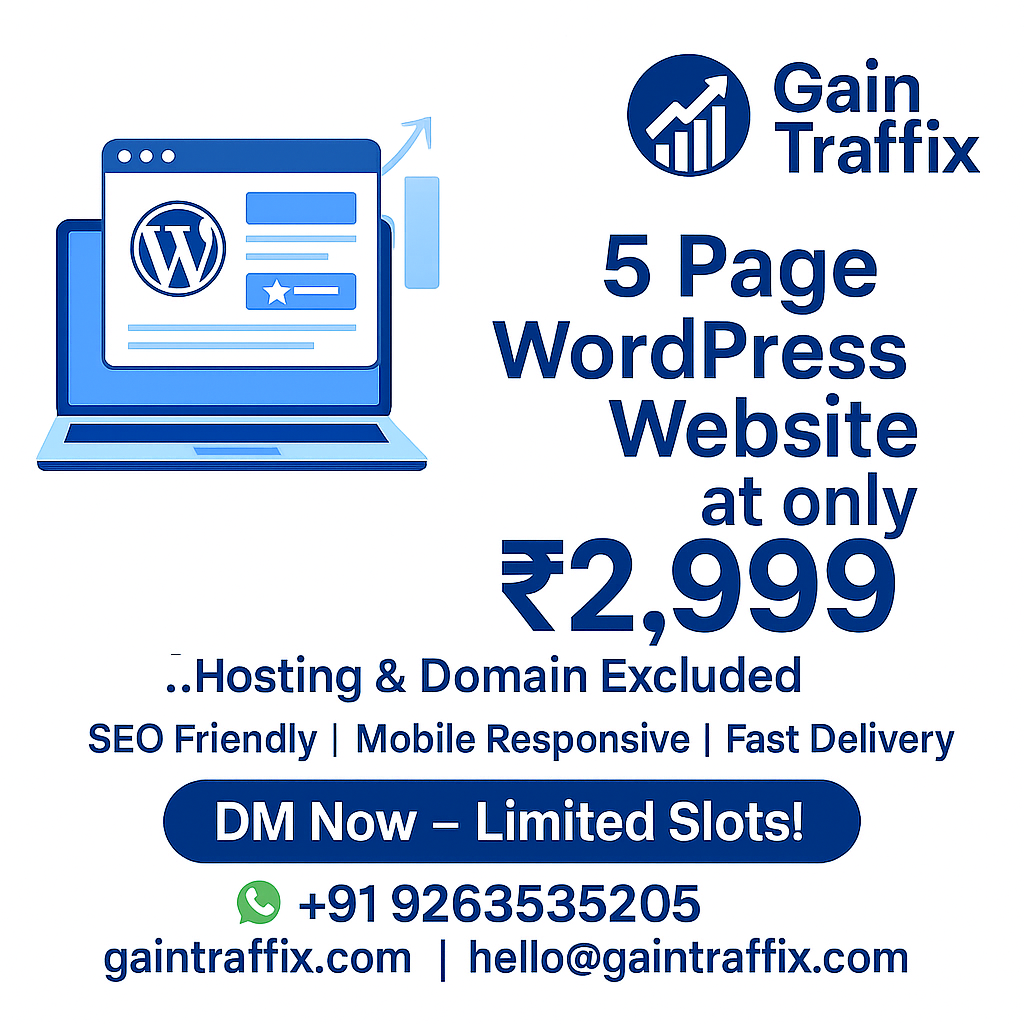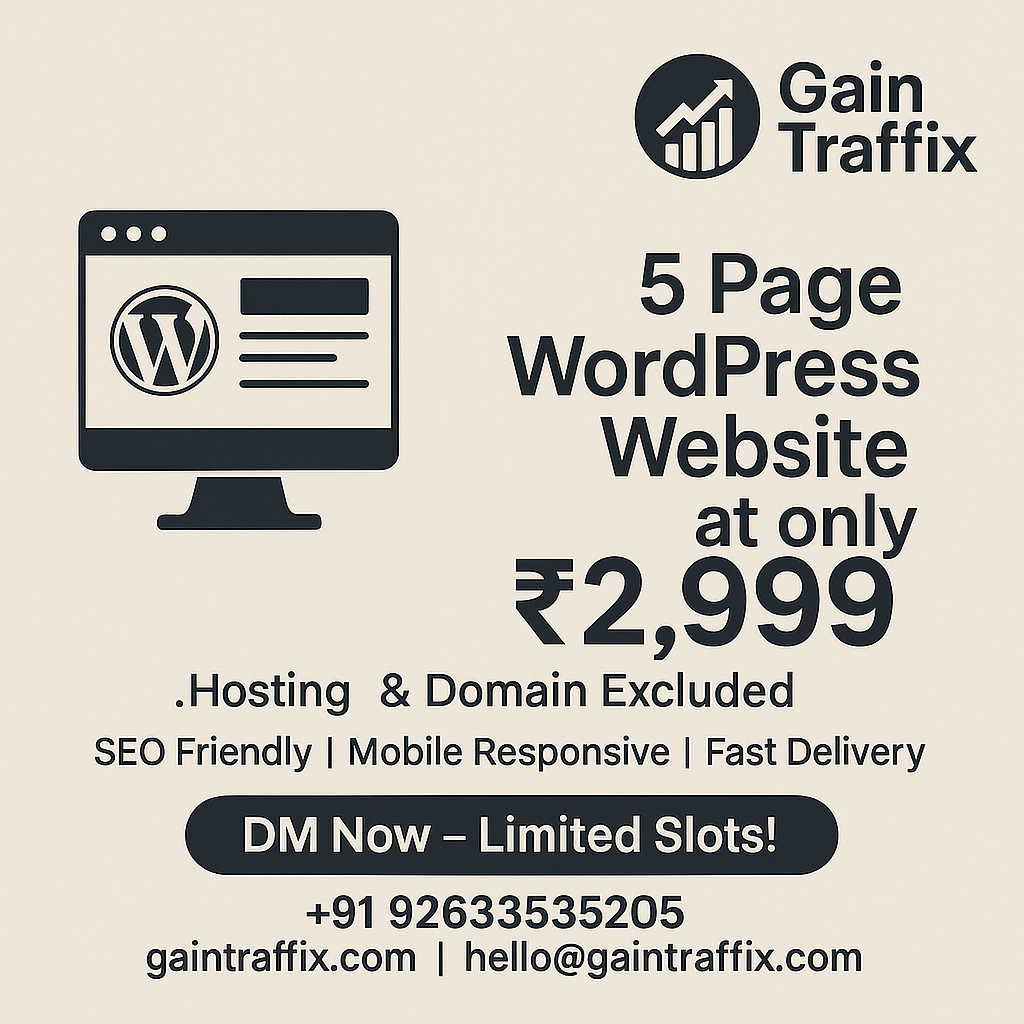How To Use SEO To Target Your Audience Throughout The Funnel
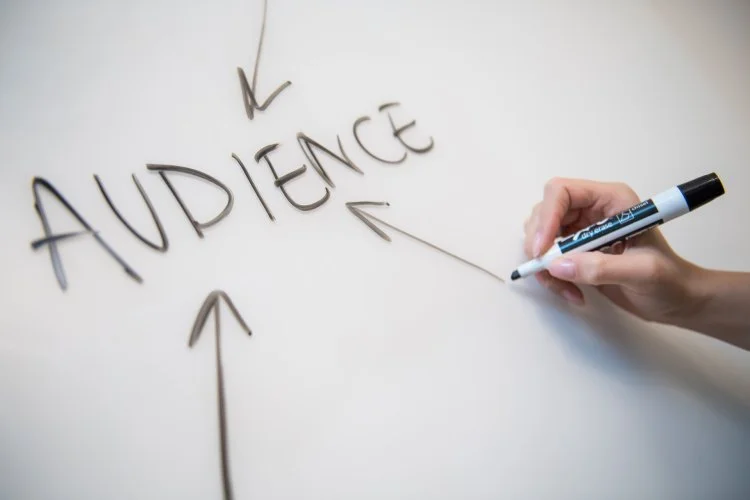
Comprehending the marketing funnel or the path customers take is essential for successful SEO endeavors. This involves the capability to accurately chart user intent, keywords, and content.
The marketing funnel, also known as the sales funnel or customer journey, represents the route prospective customers follow, comprising various stages from initial awareness of a product or service to their final purchase decision.
It's crucial to stress that without a clear and comprehensive understanding of the customer journey or marketing funnel, a significant amount of SEO strategies, investment, and hard work can go to waste. I've encountered this issue frequently and emphasized the significance of having a well-defined and objective SEO plan.
Irrespective of your brand's age or the stage of development of your organization, it is always a valuable practice to periodically revisit this. Customer behaviors, competitors, and your organization's goals and objectives can change over time, potentially impacting your marketing funnel. Therefore, it's essential to align your efforts with these changes.
Stages Of The Marketing Funnel
Before delving into audience targeting for SEO within the funnel, let me pause for a moment to summarize my approach to defining the funnel's stages.
Top Of The Funnel
At the initial stage of the funnel, the primary objective is to generate recognition among your intended audience.
Prospective clients gain knowledge about your brand, product, or service through a variety of channels, including advertising, social media, content marketing, and recommendations from others.
It's important to remember that this phase should focus on providing information and education, with the aim of addressing your audience's needs rather than overtly promoting products.
Middle Of The Funnel
In the midst of the funnel, people have demonstrated a genuine interest in your product or service and are actively pursuing additional information. This could involve more meaningful interactions with your content, subscribing to newsletters, tracking your social media accounts, or delving into the product pages on your website.
During this phase of the funnel, your content should emphasize comprehensive details regarding your offerings, encompassing their advantages, characteristics, and how they cater to distinct customer requirements.
Bottom Of The Funnel
In the ultimate phase of the sales process, individuals are in the process of examining their choices in order to make well-informed choices regarding whether or not to complete a purchase.
They might assess your offerings against those of competitors by perusing reviews and seeking confirmation to confirm that your product is the best fit for their needs.
It is crucial to furnish these potential customers with content that fosters confidence and allegiance to your brand, guiding them towards making a purchase and leaving a favorable and enduring impact.
Aligning Your SEO Efforts To The Funnel
By synchronizing your SEO approach with the search intent of users at various points in the marketing funnel, you can provide the appropriate content to the relevant audience when it's most opportune.
Understanding Search Intent
-
The prevailing search intentions that people usually have are seeking information, finding a specific website, exploring commercial options, and engaging in transactions.
-
SEO is inherently connected to grasping the intentions of users and providing content that caters to what your audience is looking for.
-
If our content is well-suited for a different situation than what the user needs, or if it's not aligned with the user's current intent, we end up investing significant time and energy in conversion opportunities that are less than optimal.
Below, I’ll detail how search intent can vary by stage of the marketing funnel:
Awareness Stage
At the initial stage of the funnel, search intent primarily revolves around seeking information. Users are in search of knowledge or solutions to their queries through informative or enlightening content. These searches commonly revolve around questions beginning with who, what, when, where, why, and how.
To cater to users at the top of the funnel, I suggest the following:
-
Identify pertinent keywords and phrases that your desired audience might employ when looking for information related to your industry, products, or services. Focus on using more general, informational keywords.
-
Create top-notch, educational, and captivating content that addresses the essential aspects, inquiries, and interests of your target audience. This can encompass various content types such as blog posts, infographics, videos, and social media posts.
-
Target keywords that frequently trigger featured snippets in search results, as these can enhance your visibility and establish your authority in the field.
Consideration Stage
As your audience progresses into the consideration stage, their focus shifts to a more business-oriented and transactional mindset. They are actively contemplating a choice regarding a product or service and engaging in a comparative assessment of available options.
In order to reach mid-funnel searchers, you should:
- Start targeting more specific and long-tail keywords that indicate user intent to learn more or make a decision. These keywords often include terms like “best,” “reviews,” “comparison,” or “how to choose.”
- Develop comprehensive guides, product reviews, and comparison articles that provide valuable insights and help users make informed decisions.
- Create location-specific content using keywords based on location to drive people to your physical location, if applicable. Local SEO can help drive people to your location over a nearby competitor’s.
Conversion Stage
Ultimately, we arrive at the conversion phase, at which point users possess clear intentions related to navigation and transactions. They are well aware of their needs and might even be actively seeking your particular brand or product. It's crucial to focus on the use of navigational and transactional keywords, which frequently consist of brand names, product names, or precise action-oriented terms such as "purchase," "place an order," "subscribe," or "get in touch."
In order to reach bottom-funnel users, you need to:
- Optimize product pages and service descriptions to target keywords that signal user intent to purchase, such as “buy,” “order,” “discount,” or “pricing.”
- Use schema markup to provide rich product information in search results, making it easier for users to compare and decide.
Bonus: Tools for Tracking
Google Analytics 4
GA4 is a monitoring tool that offers in-depth information about website traffic, user actions, and the achievement of goals.
You can employ it to monitor where visitors are first arriving on your website, understand their interactions with your content, and analyze the routes they follow before achieving their objectives.
It is advisable to establish objectives and pathways to assess particular events like the initiation and completion of forms.
Google Search Console
The Search Console offers valuable data insights for tracking search queries and page performance. It allows you to observe which keywords are responsible for generating traffic to specific pages by utilizing essential key performance indicators (KPIs) such as clicks, impressions, and click-through rates. Additionally, the reports in the Search Console serve as a valuable resource for understanding Google's process of crawling and indexing your website and identifying any potential Core Web Vitals issues.
Keyword Research Tools
You have the option to employ SEO software such as Semrush, Ahrefs, and Moz for the purpose of uncovering and monitoring SEO-related keywords. Each of these applications enables you to determine the purpose behind a particular keyword, along with its approximate search volume and the level of difficulty in ranking for that keyword.
Conclusion
Understanding your marketing funnel and aligning your SEO strategy with user intent at each stage is crucial. SEO demands significant time and dedication, and it might be a while before we observe tangible ROI.
The better you comprehend how you attract potential customers, guide them through the funnel, and continually optimize the process, the more efficiently you can reduce the use of ineffective tactics.
What's Your Reaction?


















